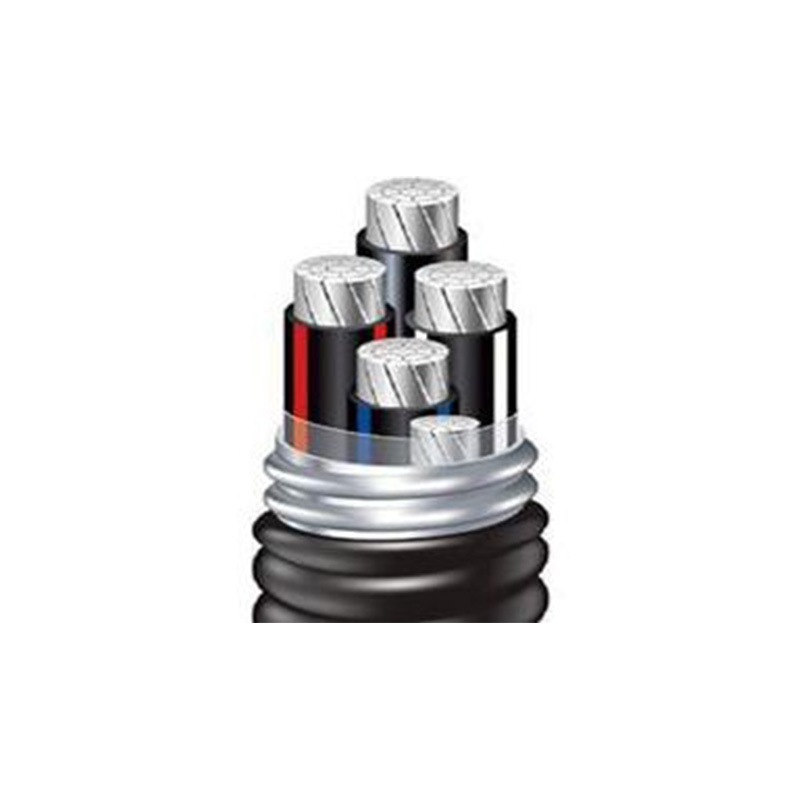វិច្ឆិកា . 13, 2024 08:32 Back to list
actuated valve
Understanding Actuated Valves Mechanisms and Applications
Actuated valves are crucial components in various industrial processes, designed to control the flow of fluids, gases, or slurries within a system. By integrating electrical, pneumatic, or hydraulic actuators, these valves offer precision and efficiency in managing fluid dynamics. This article delves into the mechanisms, types, and applications of actuated valves, illustrating their significance in modern engineering.
Mechanisms Behind Actuated Valves
At the heart of an actuated valve is its actuator, which provides the necessary force to operate the valve mechanism. Actuators can be classified into three main types electric, pneumatic, and hydraulic.
1. Electric Actuators These use electrical energy to operate the valve, offering high precision and the ability to integrate with digital control systems. They are suitable for applications where precise flow control is necessary, such as in chemical processing and water treatment facilities.
2. Pneumatic Actuators Utilized primarily in systems where compressed air is readily available, pneumatic actuators are known for their rapid response and simplicity. They are popular in industries like food processing and pharmaceuticals, where speed and cleanliness are critical.
3. Hydraulic Actuators These actuators use pressurized hydraulic fluid to create motion. They are particularly useful in applications requiring high force output, such as in heavy machinery and large-scale production processes.
The actuated valve can come in various forms, including globe valves, ball valves, butterfly valves, and gate valves. Each type has distinct advantages depending on the application. For instance, ball valves provide excellent sealing capabilities and are ideal for on-off control, while butterfly valves are suited for throttling due to their compact design.
actuated valve

Applications of Actuated Valves
Actuated valves are employed across multiple sectors, including
- Oil and Gas In the oil and gas industry, actuated valves facilitate the safe control of toxic and volatile substances, ensuring operational safety and compliance with environmental regulations.
- Water Treatment Water treatment facilities utilize actuated valves for regulating the flow of water and chemicals during purification processes, making them essential for maintaining water quality and safety.
- HVAC Systems In heating, ventilation, and air conditioning systems, these valves help regulate temperature and air quality, enhancing energy efficiency and user comfort.
- Chemical Manufacturing The precise control of chemical reactions is vital in manufacturing, where actuated valves manage the flow of reactants and products, ensuring optimal conditions for production.
Conclusion
In conclusion, actuated valves play an instrumental role in enhancing the efficiency and safety of various industrial processes. By offering precise control over fluid movements, they are indispensable in numerous applications, from oil and gas extraction to water treatment and chemical manufacturing. Understanding the different types of actuated valves and their mechanisms can help industries improve their operations and meet the demands of an ever-evolving technological landscape. As industries continue to embrace automation, the importance of actuated valves is set to grow, shaping the future of fluid management systems.
Share
-
Reliable Wafer Type Butterfly Valves for Every IndustryNewsJul.25,2025
-
Reliable Flow Control Begins with the Right Ball Check ValveNewsJul.25,2025
-
Precision Flow Control Starts with Quality ValvesNewsJul.25,2025
-
Industrial Flow Control ReliabilityNewsJul.25,2025
-
Engineered for Efficiency Gate Valves That Power Industrial PerformanceNewsJul.25,2025
-
Empowering Infrastructure Through Quality ManufacturingNewsJul.25,2025